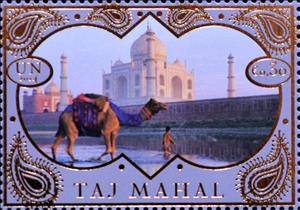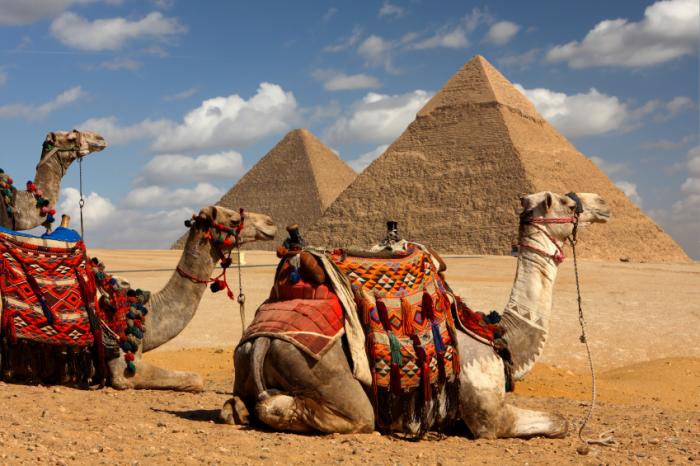Stamp: Taj Mahal, Dromedary (Camelus dromedarius) (UNO Vienna 2014)
Taj Mahal, Dromedary (Camelus dromedarius) (UNO Vienna 2014)
16 July (UNO Vienna ) within release World Heritage goes into circulation Stamp Taj Mahal, Dromedary (Camelus dromedarius) face value 0.30 Euro
| Stamp Taj Mahal, Dromedary (Camelus dromedarius) in catalogues | |
|---|---|
| Michel: | Mi:NT-WN 836 |
Stamp is square format.
Also in the issue World Heritage:
- Stamp - Taj Mahal face value 0.30;
- Stamp - Taj Mahal face value 0.30;
- Stamp - Taj Mahal, Dromedary (Camelus dromedarius) face value 0.30;
- Stamp - Taj Mahal face value 0.40;
- Stamp - Taj Mahal face value 0.40;
- Stamp - Taj Mahal, Asian Elephant (Elephas maximus) face value 0.40;
Stamp Taj Mahal, Dromedary (Camelus dromedarius) it reflects the thematic directions:
A camel (from Latin: camelus and Greek: κάμηλος (kamēlos) from Ancient Semitic: gāmāl) is an even-toed ungulate in the genus Camelus that bears distinctive fatty deposits known as "humps" on its back. Camels have long been domesticated and, as livestock, they provide food (camel milk and meat) and textiles (fiber and felt from camel hair). Camels are working animals especially suited to their desert habitat and are a vital means of transport for passengers and cargo. There are three surviving species of camel. The one-humped dromedary makes up 94% of the world's camel population, and the two-humped Bactrian camel makes up 6%. The wild Bactrian camel is a separate species and is now critically endangered.
The United Nations Educational, Scientific and Cultural Organization (UNESCO; pronounced /juːˈnɛskoʊ/) is a specialized agency of the United Nations (UN) with the aim of promoting world peace and security through international cooperation in education, arts, sciences and culture. It has 194 member states and 12 associate members,as well as partners in the non-governmental, intergovernmental and private sector. Headquartered in Paris, France, UNESCO has 53 regional field offices and 199 national commissions


